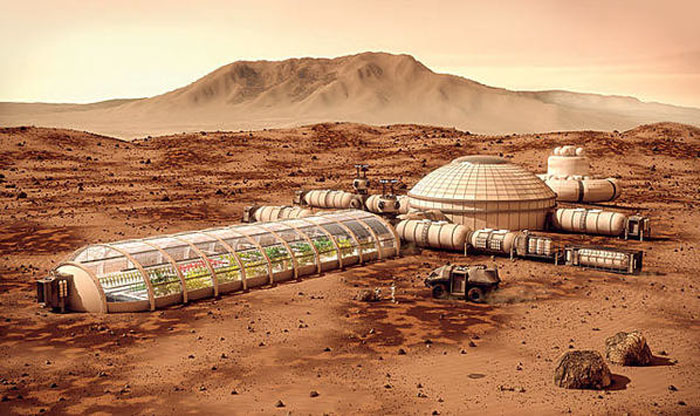.

The Japan Aerospace Exploration Agency (JAXA) is planning to partner with domestic companies to develop robot and other technologies that could help build and service manned bases on the moon and Mars, sources said.
The idea is to have the technology ready for a four- to six-person base on the moon around 2030 and one on Mars around 2040. Domestic companies and research institutes that possess self-driving automobile and other technologies could take part in a public offering as early as this month, the sources said.
At the International Space Station, a continuous home to six astronauts, construction work is done while maintaining contact with the ground. But to build bases on the moon or Mars, robots that can work independently are seen as essential since communication takes time to travel back and forth.
Among the world-class technology Japanese companies JAXA is expected to partner with is a manufacturer developing self-driving cars and a construction machinery maker that sells unmanned dump trucks. The idea is to find ways to use these technologies in unforgiving outer-space environments.
Another goal is to develop technology that could enable materials to be procured or produced onsite. This could involve using the iron, aluminum or other minerals found on the surface of the moon or Mars as building materials, or finding a way to extract drinking water from ice thought to be in the ground.
JAXA is also planning to build a provisionally named “space exploration experiment building” at its campus in Sagamihara, Kanagawa Prefecture, the sources said. Inside would be a sandy space of about 400 square meters for testing the technology in conditions that mimic those on the moon and Mars.
The U.S. National Aeronautics and Space Administration plans to launch a manned mission to Mars in the 2030s. While Japan has yet to decide if it will participate in this mission, for now the government will try to contribute technologically, the sources said.
“I want to create new technologies that are developed entirely in Japan,” said Hitoshi Kuninaka, a JAXA professor who is putting together the plan.
6597 Views
